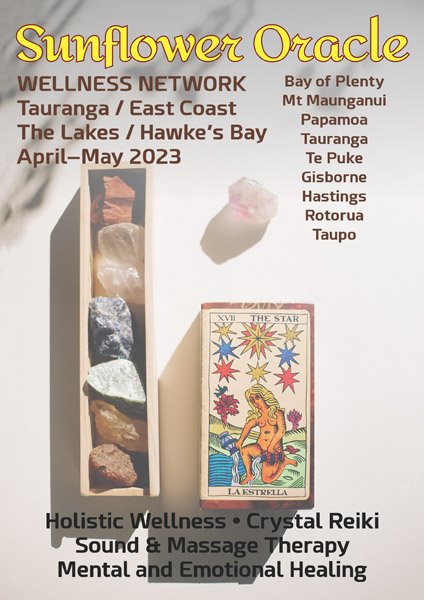When your lymphatic system is working effectively it eliminates body waste and toxins, via the natural movements of smooth muscle tissue contracting, which moves fluid along the lymphatics system and out the body.
As the fluid moves along the lymph vessels, it will move towards specific lymph nodes. Their job is to filter waste or toxic substances. Lymph nodes contain white blood cells that destroy unwanted substances. This helps the body fight infection and disease. However, this system can be disrupted and a build-up of fluid can result.
 How is Manual Lymphatic Drainage performed
How is Manual Lymphatic Drainage performed
One method is a gentle massage performed without any kind of skin lubricant, which encourages lymph fluid to flow out of the circulation and into the lymph nodes. The first part of the treatment is to stimulate the lymph nodes.
This is done with delicate movements within the major lymph nodes (axillary, shoulders, abdomen, groin, behind knee and ankle). Then the areas requiring fluid reduction are treated.
I will use a client’s knee as an example. Once the activation stage of the lymph nodes is complete, you work on the upper and lower leg, to encouraging fluid to flow in all directions. After the treatment on the leg is completed a re-clearance of lymph nodes is performed in the same way as the activation of them was performed.
How might you feel after a Manual Lymphatic Drainage session
A session can leave you feeling a little bit exhausted, so you might want to lie down, or ensure you have an undemanding schedule for the rest of the day. You need to give your body time to ease back into activity. You may also feel thirst after the session, so make sure you drink a little more water to help flush the waste products that might have been shifted during the session.
When might Manual Lymphatic Drainage Help
Surgery: before and/or after all types of surgery, after radiotherapy treatment, before and after liposuction, after amputation and for chronic venous insufficiency associated with leg ulcers, and after vein surgery.
Ear Nose Throat and Head Problems: before and after nasal or eye surgery, hay fever or constant runny nose sneezing or stuffiness (rhinitis), tinnitus and Meniere’s disease or ear infections, puffy eyes or eye injuries as well as migraines and tension headaches. Manual lymphatic drainage of the head and face is a great reliever for any of the above conditions.
Musculoskeletal problems: acute injuries like sprains, strains, muscle and/or ligament tears, haematomas, fractures and dislocations, Arthritis and Rheumatoid Arthritis, hip or shoulder conditions like frozen shoulder whiplash and/or neck pain as well as the management of pain and Fibromyalgia.
Neurological conditions: such as all stages of Multiple Sclerosis, carpal tunnel syndrome plus neuralgia and after a Stroke.
Dermatological conditions: such as acne, eczema, leg ulceration and wounds as well as burns and to soften scar tissue.
Other Health Benefits: includes Sports recovery after intense training or sporting event, improving the immune system, reduction of swelling in Pregnancy, and aid the treatment of Chronic fatigue, Bronchitis, chronic sinusitis, colitis, Irritable Bowel Syndrome and constipation as well as helping to reduce the experience of stress and anxiety.
– Janet Maunder
jan@therapeuticangel.co.nz




